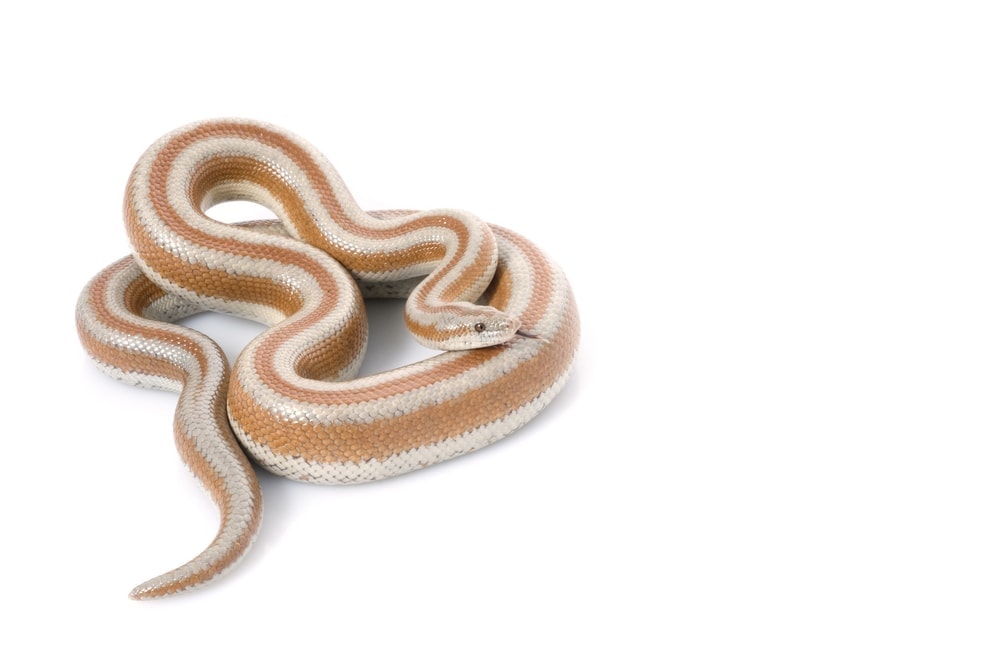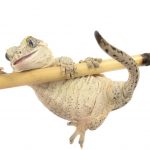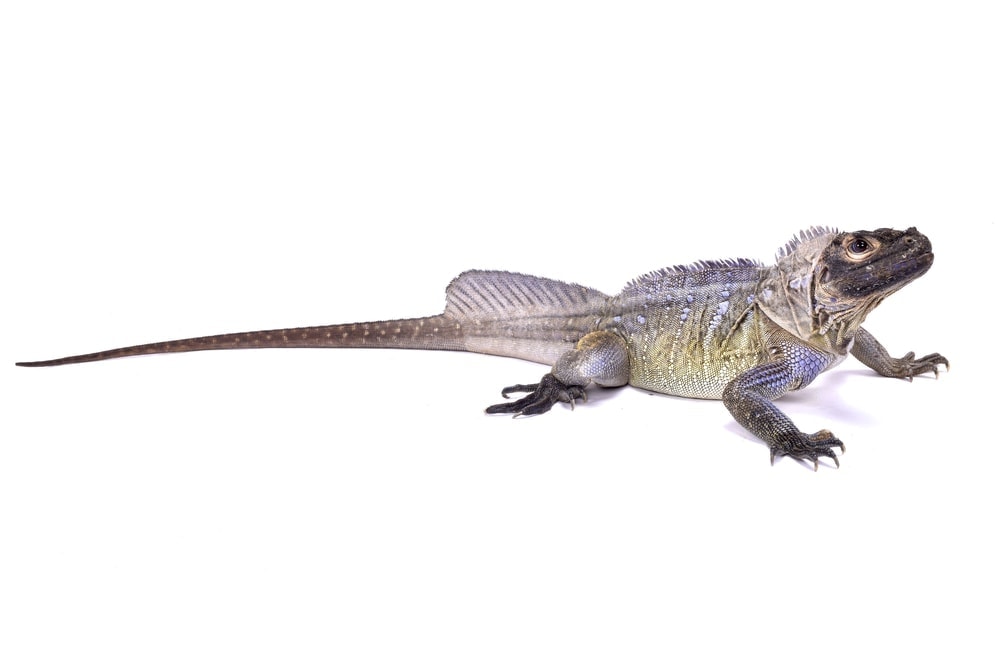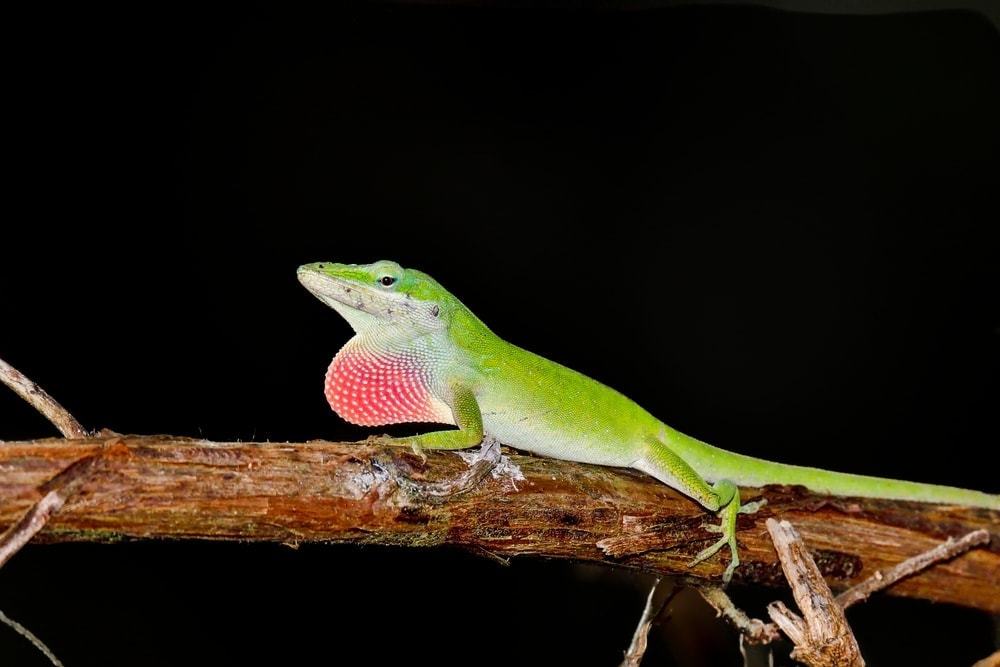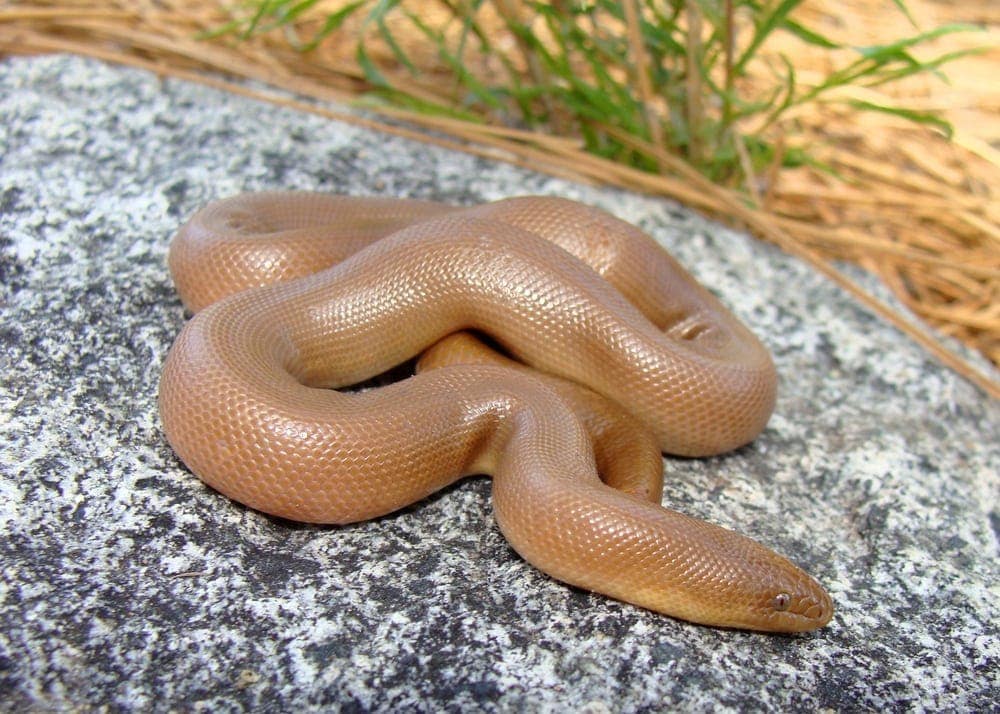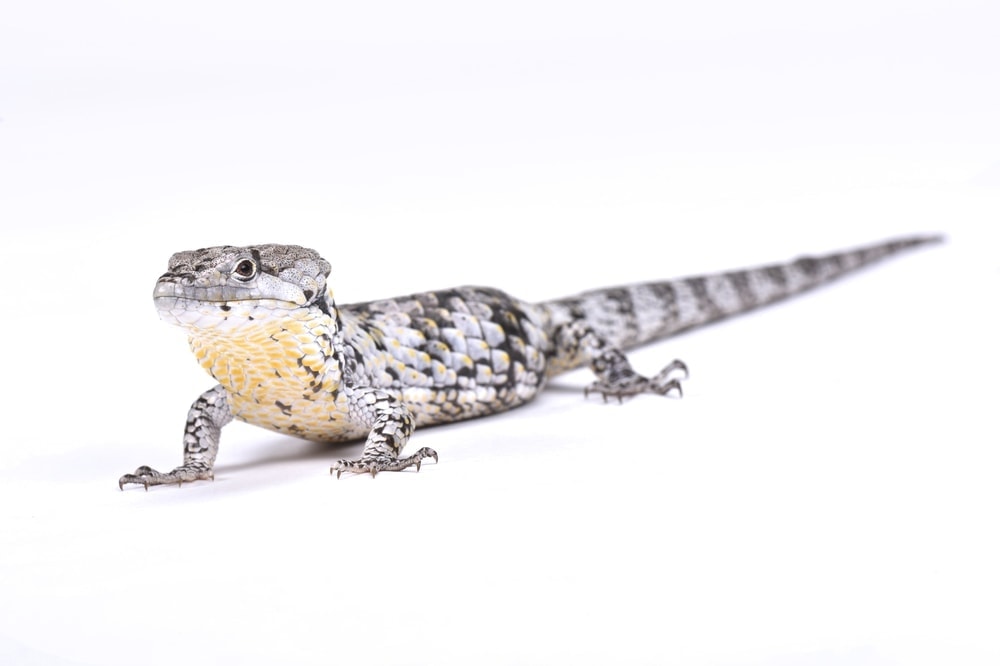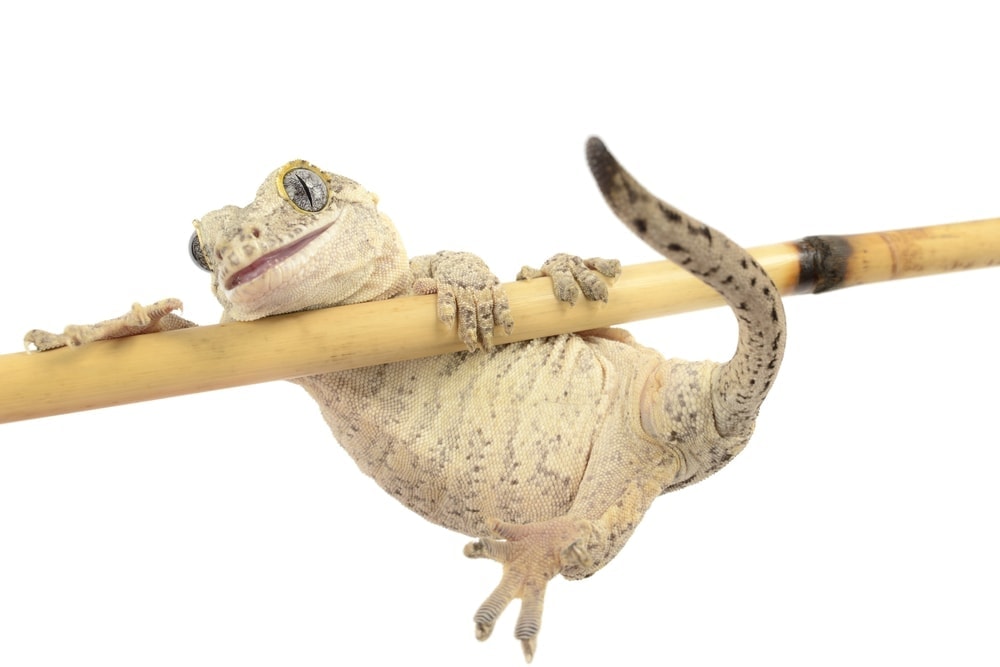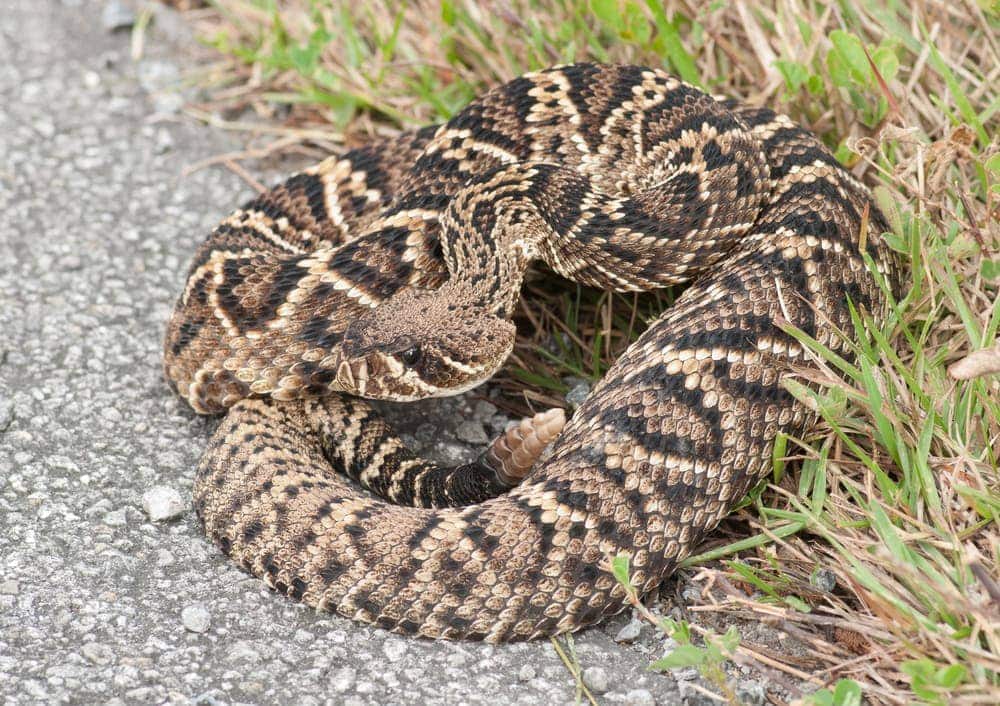Do you fancy the idea of having a slithery companion as your pet?
Rosy Boa, the non-venomous snake native to America Southwest, can be a great choice.
If you plan to raise these small snake species as your pet, then consider reading through this care guide, which will make you a better pet owner.
Why choose Rosy Boa as your pet?
You would be amazed and terrified at the same time to know that this small one is indeed a distant cousin of the giant Anaconda. Are you still serious about considering this as your pet? Well, jokes apart, even though they are related to this giant snake breed, the Rosy Boa species grows only up to 3 feet long.
They have attractive stripes on their back in different hues of orange, brown, grey, rust, and reddish-brown, which also offers excellent camouflage. Their docile and gentle nature is what makes them a famous pet reptile. Once these snakes realize that you will not hurt them, they will like being handled.
Rosy Boa’s Habitat and Activity
Rosy Boa species is native to the Southern parts of the US and Mexico; hence it can tolerate a narrow range of temperature that is similar to that of arid semi-desert grasslands. They love a reasonably warm climate.
These small creatures are quite active during the spring season, which also happens to be its breeding season. Going into dormancy in winter is quite common among these small snakes to escape the cold. Rosy Boa’s maintain good surface activity for, during the day, however hot weathers make them go nocturnal.
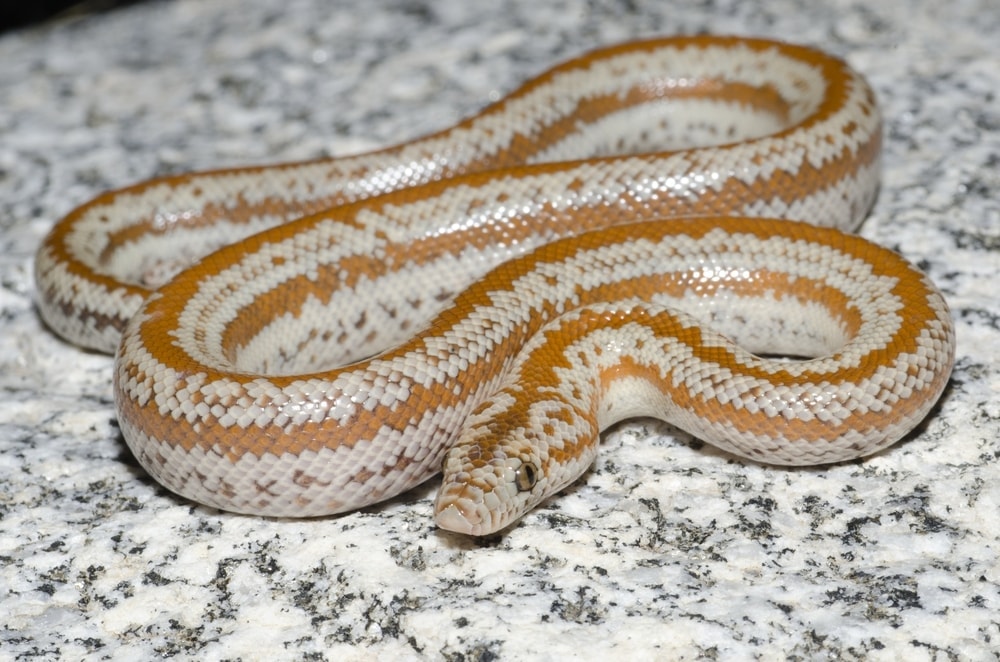
Rosy Boa Lifespan and size
The average lifespan of this small species snake is about 50 years if you provide proper care. As a Boa owner prep, yourself with good husbandry and sanitation skills to ensure your Rosy has a longer life span.
You can expect your young rosy boas to grow up to 10 inches in length. The possibility of spotting a 4-foot Rosy boa is rare but not non-existent.
What to expect when you handle a Rosy Boa?
Try not to grab or squeeze your slithering companion as it is sure to frighten him. You might not want to have that unpleasant odor it emanates in the event of a threat. So be patient and give time to your little companion to get used to you, and it will respond well to your care.
It is a “head shy” species, meaning do not try touching its head until you have really got yourself acquainted with your Rosy Boa. Else it might retract itself into a ball with its head curled inside.
Once you have developed a bond with your snake companion, it will enjoy your company and also crawl playfully overs your arms and body. Please be sure not to handle it right after finishes its meal.
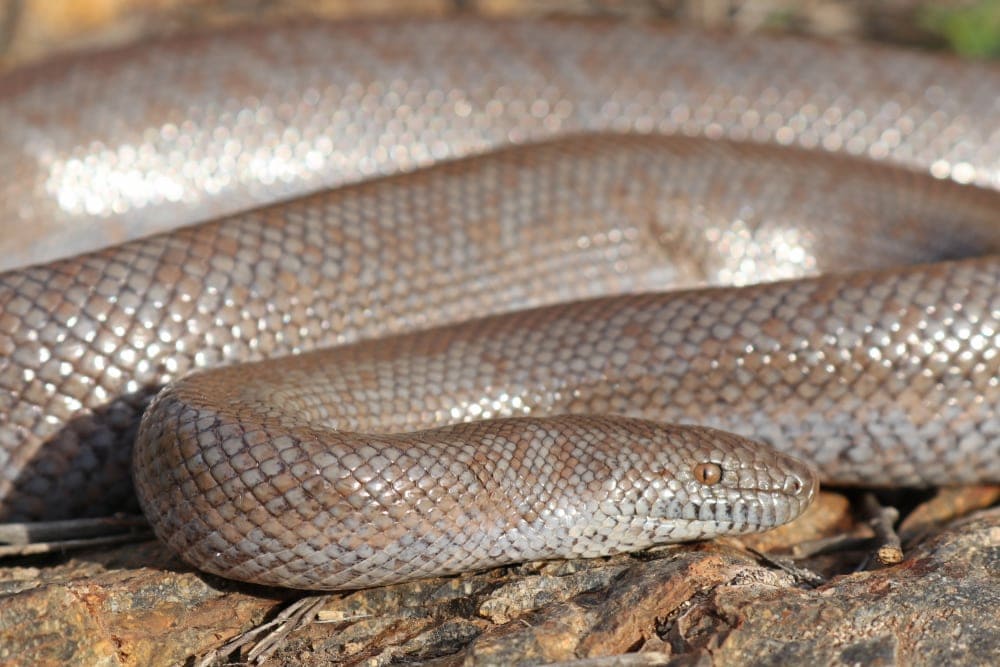
How to design an ideal enclosure for Rosy Boa?
A horizontally oriented tank would be an ideal enclosure for your slithery pet as the smallest species of the Boa family need space to move around. However, the giant terrestrial snakes will not require tall tanks, but be sure you have a secure lid to the tank as they are known to be notorious escape artists.
A 10-gallon tank would be ideal for the initial years of rearing. However, as they grow, you can move to go in for a tank that is double the size. Here are a few things that should be a part of the snake’s enclosure.
- One or two hides.
- A non-porous water dish
- A warm side and a shady, cool side.
- A substrate.
Temperature and lighting
These small creatures depend on external thermoregulation to maintain their body temperature, and this is the reason why we need a warm and cool side in the enclosure. Place hides at both sides of the terrarium so as to make them feel secure and comfortable at both places.
The warm side of the enclosure can have an average temperature of 88 to 90 degrees. The cool side temperature can drop to a minimum of 72 degrees. Make sure you have adequate heating elements on the warm side of the tank. Keep a heating pad on at night to give them the extra warmth they need if the temperature outside goes colder than usual. We also recommend you have a good quality basking light in the enclosure all the time.
Expert tip – Keep a good quality thermometer to gauge the temperature inside the tank, avoid guessing it as per what you feel.
Humidity
Your small companion definitely needs the right amount of humidity in the tank. Please be sure you change the water in the bowl often to provide clean water. On the cooler side, make sure you have a hide with some damp sphagnum moss to give extra humidity. It prefers to be in a humid place during the shedding time.
Rosy Boa’s Diet and Feeding Schedule
Rosy boas are not fussy eaters, which means it is better to feed them in the enclosure. You can feed him small rodents such as pinky- newborn mouse, fuzzy – slightly older mouse and hopper – the more significant variety. So, feed them based on their ability to swallow and digest the prey. Consider the width of your pet to decide the right type of prey. A good rule is that no prey should be more extensive than the broadest part of your pet.
Some owners prefer to live prey for their pets. However, live prey may not be suitable for your young boas. Moreover, live prey can be defensive and sometimes harm your pet.
A young snake should be fed at least twice a week, and once it is grown, you can reduce the frequency of feeding to once a week.
Habitat Cleaning and Sanitizing.
- Thoroughly clean and sanitize the pet enclosure once a month is a must.
- You will need to attend a light weekly cleaning session and make sure you replace the bedding.
- You should spot remove the feces on a daily basis.
- Clean the furniture (hides) bi-weekly.
How much will a Rosy Boa cost?
Local breeds are more expensive than the generic morphs simple because the breeder has specifically chosen the varieties found in the locality. Some of the domestic breeds include Coastal California, Desert Phase, and Mexican Rosy Boa. You can buy one with as little as $25 and above. You can find them at reptile specialty and online stores as well.
Please provide the best care for your Rosy Boa to transform it into the most delightful companion you have ever owned.
